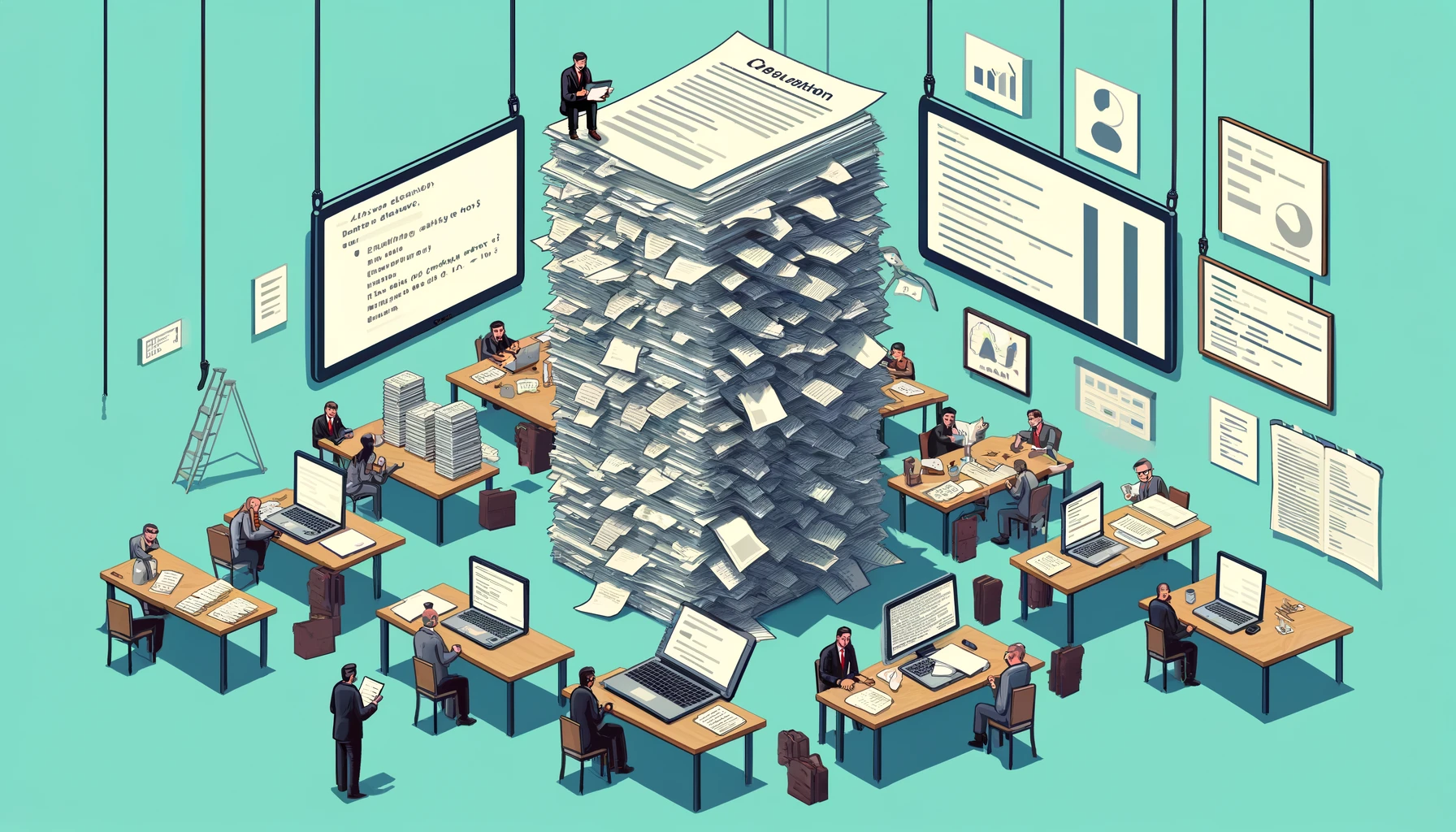Welcome to “Documentation Overload: Writing More Docs Than Code,” a guide that explores the art of prioritizing documentation over actual coding. This tutorial demonstrates how to create extensive, detailed documentation that far exceeds the amount of code written.
Step 1: Embrace the Documentation First Mindset
Start by adopting a documentation-first approach. Before writing a single line of code, create comprehensive documentation outlining every aspect of the project. This ensures that the documentation is prioritized and treated as the most important deliverable.
Step 2: Create Detailed Specifications
Develop detailed specifications for every component of the project. Include diagrams, flowcharts, and descriptions of how each part should work. The goal is to create a blueprint so extensive that it takes longer to read than to implement.
Step 3: Document Every Decision
Ensure that every decision made during the project is documented. This includes the reasoning behind each choice, alternative options considered, and the pros and cons of each. By documenting every step, you create a paper trail that far exceeds the actual coding effort.
Step 4: Write Exhaustive User Manuals
Develop exhaustive user manuals that cover every possible use case, including edge cases that are unlikely to occur. These manuals should be so detailed that users can find answers to questions they haven’t even thought of yet.
Step 5: Implement Extensive Inline Comments
When you finally get around to coding, make sure to include extensive inline comments. Each line of code should be accompanied by multiple lines of comments explaining what it does, why it’s there, and how it fits into the overall project.
Step 6: Maintain Separate Documentation Repositories
Create separate repositories for different types of documentation. Have a repository for technical specifications, one for user manuals, another for API documentation, and so on. Each repository should be meticulously maintained and updated.
Step 7: Regular Documentation Reviews
Schedule regular documentation review meetings. During these meetings, focus on updating and refining the documentation. Discuss any changes to the project and ensure that the documentation reflects these updates.
Step 8: Celebrate Documentation Milestones
Celebrate milestones in documentation, such as the completion of a new user manual or the update of technical specifications. Acknowledge the hard work that goes into creating and maintaining comprehensive documentation.
Conclusion
Congratulations! By mastering “Documentation Overload: Writing More Docs Than Code,” you’ve perfected the art of prioritizing documentation over coding. Remember, the more detailed and extensive the documentation, the more it seems like progress is being made. Enjoy the process of writing endless pages of documentation and the illusion of productivity it creates!

